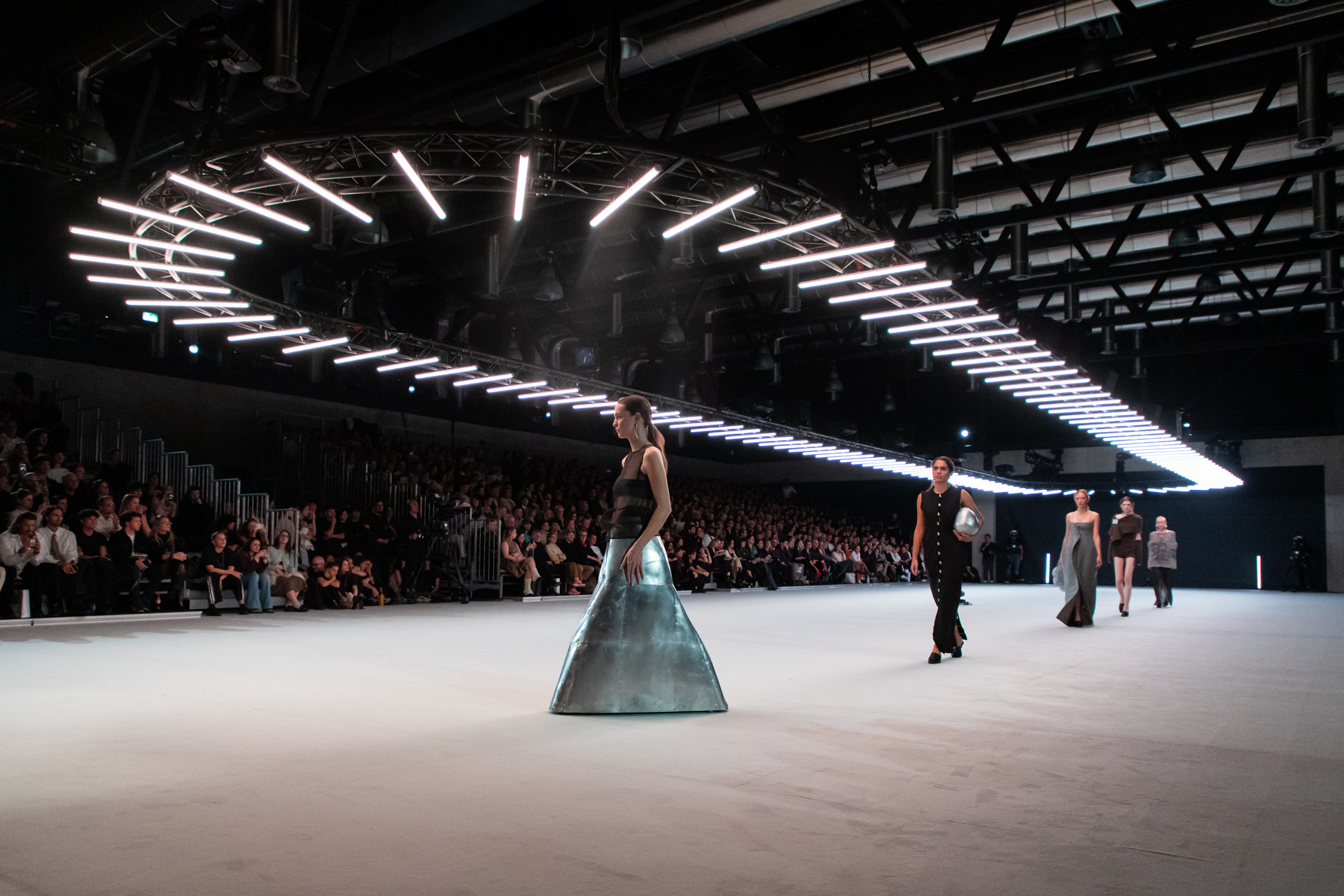
Rewrite
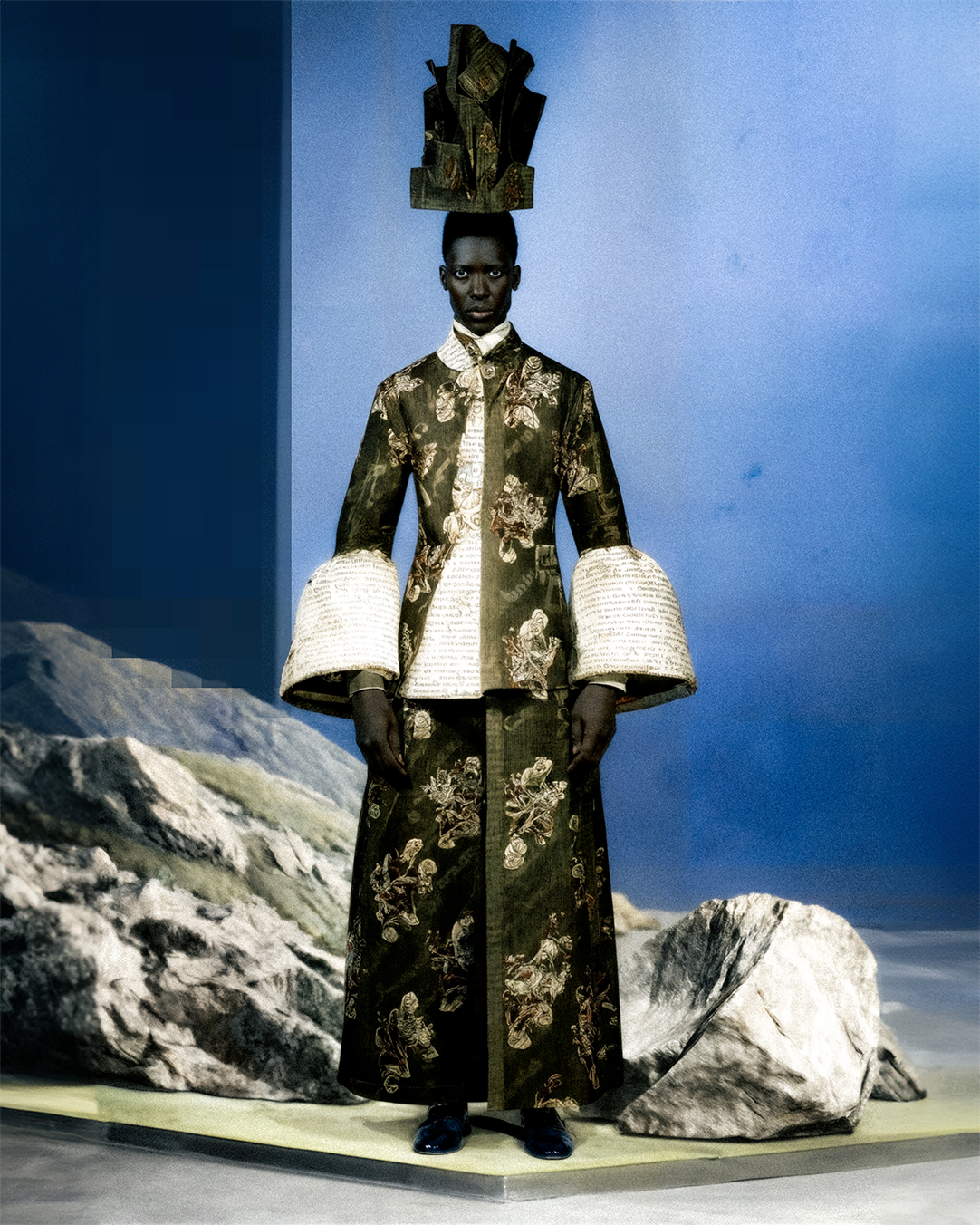
With the 17th edition of the FASHIONCLASH Festival officially wrapped, it’s safe to say that the annual event continues to stay true to its ethos of championing unique expressions of creativity – and the beauty that arises from co-creation. The latest installment took place over three days from 14-16 November, showcasing various forms of creative work in multiple locations across the picturesque city of Maastricht in The Netherlands. As a long-time lover of the event, Schön! was excited to head back to explore the festival’s latest offering.
Created with the aim of providing a platform for a new generation of makers, FASHIONCLASH encourages designers, artists and performers to showcase experimental work born from the “intersection of fashion, performance, visual arts and social design”. This edition featured pieces from creatives both from the Netherlands and over 25 countries worldwide, with a ticketed and free programme spanning films, exhibitions, performances, talks and more.

designer. Hannah Smith
The multidisciplinary fashion festival kicked off at the Bureau Europa, a cavernous space, with the opening of the ‘Fashion Narratives’ exhibition, where attendees were treated to work curated by four ‘fashion makers’: Jonas Zitter, Paula Dischinger, Rafael Kouto and Tjerre Lucas Bijker. The new exhibition, titled ‘Collective Movements’, aimed to uncover the “ways fashion can show up in the world as a force for connection, collective action and resistance”. Highlights included ‘The Gentle Frame’ from Hannah Smith, who explored disability through “wearable art”, as well as Mariia Pavlyk‘s Spero, whose stunning pieces represented “cultural resistance and activism”, telling a story through connecting Ukrainian Tripillia-Cucuteni symbolism and traditional Hutsul weaving techniques.
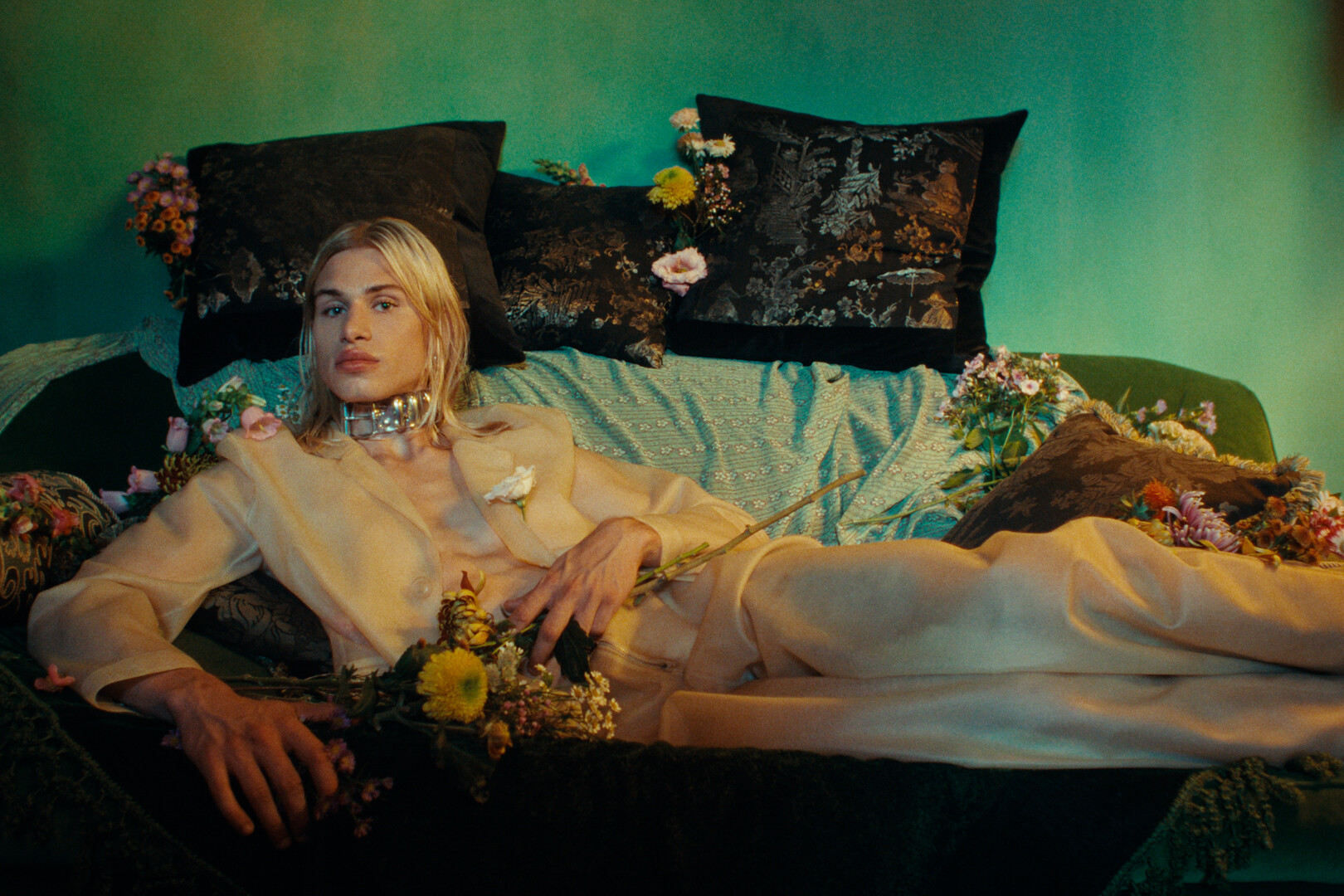
credit. Florescence by Alice Gatti and Diego Indraccolo
As with most years, film was a key focus at the festival and opening night continued at Lumière Cinema with the Fashion Film Program Award ceremony, alongside the premiere of two films produced by FASHIONCLASH. Thirty-one participating filmmakers were judged by an international jury, including Florescence by Alice Gatti and Diego Indraccolo, which Schön! featured online last year.
After a final viewing of the chosen finalists, the winning film by James Nolan was chosen for the FASHIONCLASH Festival 2025 Fashion Film Award. Titled ‘Do I’, the sleek production “interrogates modern love against the symbolic backdrop of a wedding day, contrasting the yearning for stability with the pull of uncertainty through both couture bridal looks and elevated guest attire”. Another winner of the night was ‘The Feminine Urge’, which won the Kaltblut Magazine Award. The intriguing film, directed by Lilian Brade, Phuong An Phi and Niclas Hasemann, was made for can’t-look-away viewing and explored “female rage and the monstrous feminine as a physical, aesthetic, and mythological experience”.

designer. Kistaku Handmade Upcycling Fashion
The evening ended with another opening: the launch party for the event at the Sphinxkwartier, with The Social Hub standing as host. The venue also provided the base for the Class of 2025 presentation, as well as the ESSENCE Showcase, curated by Marlon Claessen. Here, four Brazilian designers were spotlighted: Jaira of Kistaku Handmade Upcycling Fashion, Theodora Alexandre, Reis Romeiro, founder of Reis Zen, and Jenny Monteiro, founder of JMonteiro Milano. Each presentation brought a new example of creativity, from red carpet designs to silhouettes rooted in Brazilian culture, culminating in a flash catwalk in the industrial building.
Alongside a programme of fashion presentations, you’ll also find performance art pieces intertwined with textiles for intriguing, and at times, unsettling experiences. The Amarte x FASHIONCLASH initiative at the Jan van Eyck Academie leaned into these encounters via three collaborative works selected from an open call. Confronting installations from Merel van Slobbe x David Paulus, Natálie Kulina x Alyne Li and EMIRHAKIN x David Siepman took centre stage – playing with the feeling of intimacy and personal space in their own unique ways.
A floor below the installations, we were treated to a walk through the Jan van Eyck Future Material Lab, where we were introduced to experimentation with new materials aimed at imagining a more sustainable and circular future for fashion, from fifth-element style design using ‘Agar agar, Gelatine, Glycerine’ by Valeria Pulici to human hair by Human Material Loop. The slightly cheeky ‘PISS SOAP’ was also a standout, created by Arthur Guilleminot; it boldly challenges the future to explore where waste can become new.
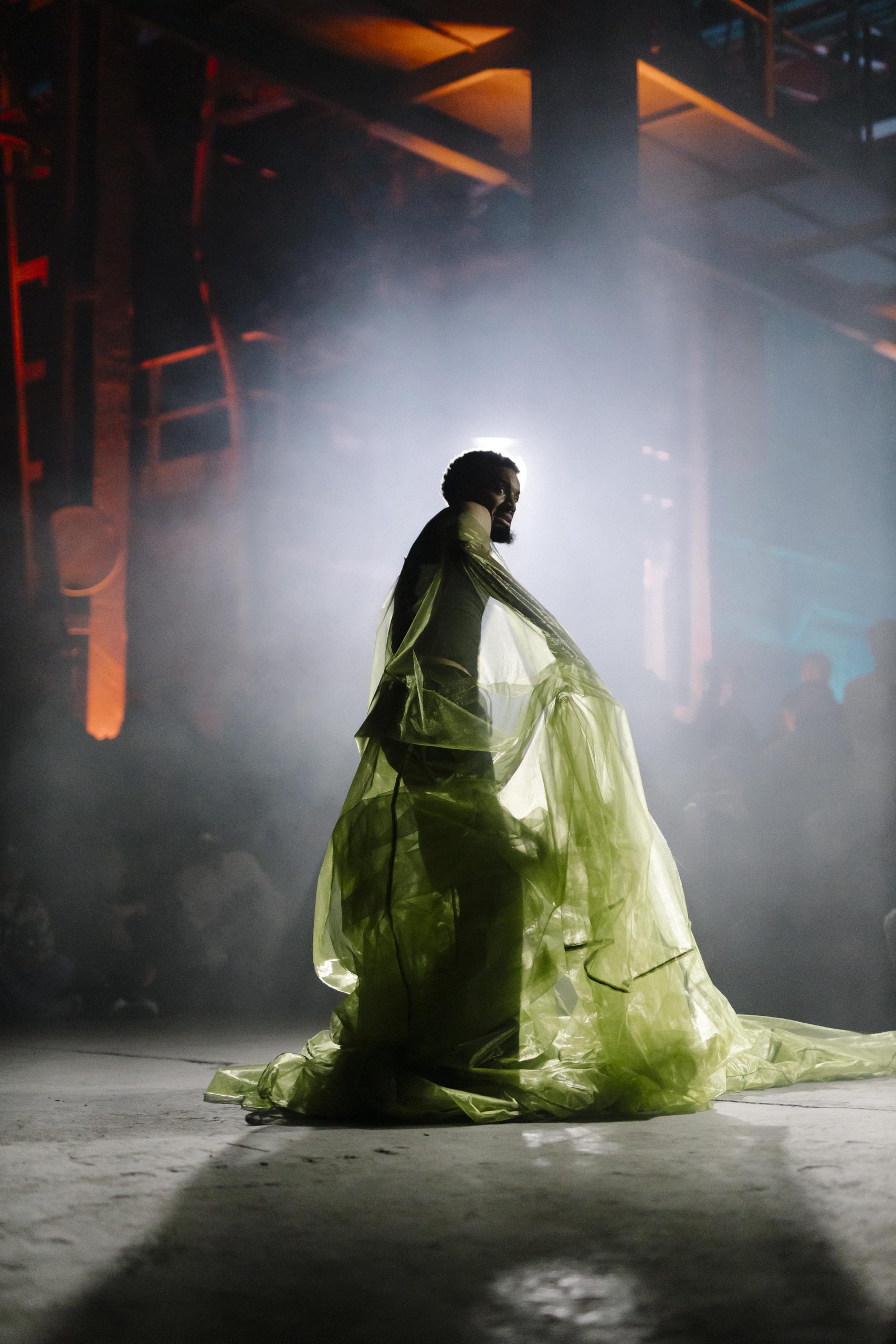
credit. CLASHLAB Project by Lioba Benold, Jelle Huizinga, and Shurick Jantje
At CLASH House at ENCI Maastricht – a warehouse building transformed into a space for a fresh generation of performative pieces, pushing designers across various fashion and performance disciplines to re-look at ways of making and presenting fashion – there was an expanded showing of EMIRHAKIN x David Siepman, Once it’s a memory, it’s too late., as well as CLASHLAB by Lioba Benold, Shu Jantje, and Jelle Huizinga, who presented a compelling fusion of dance, fashion and music.
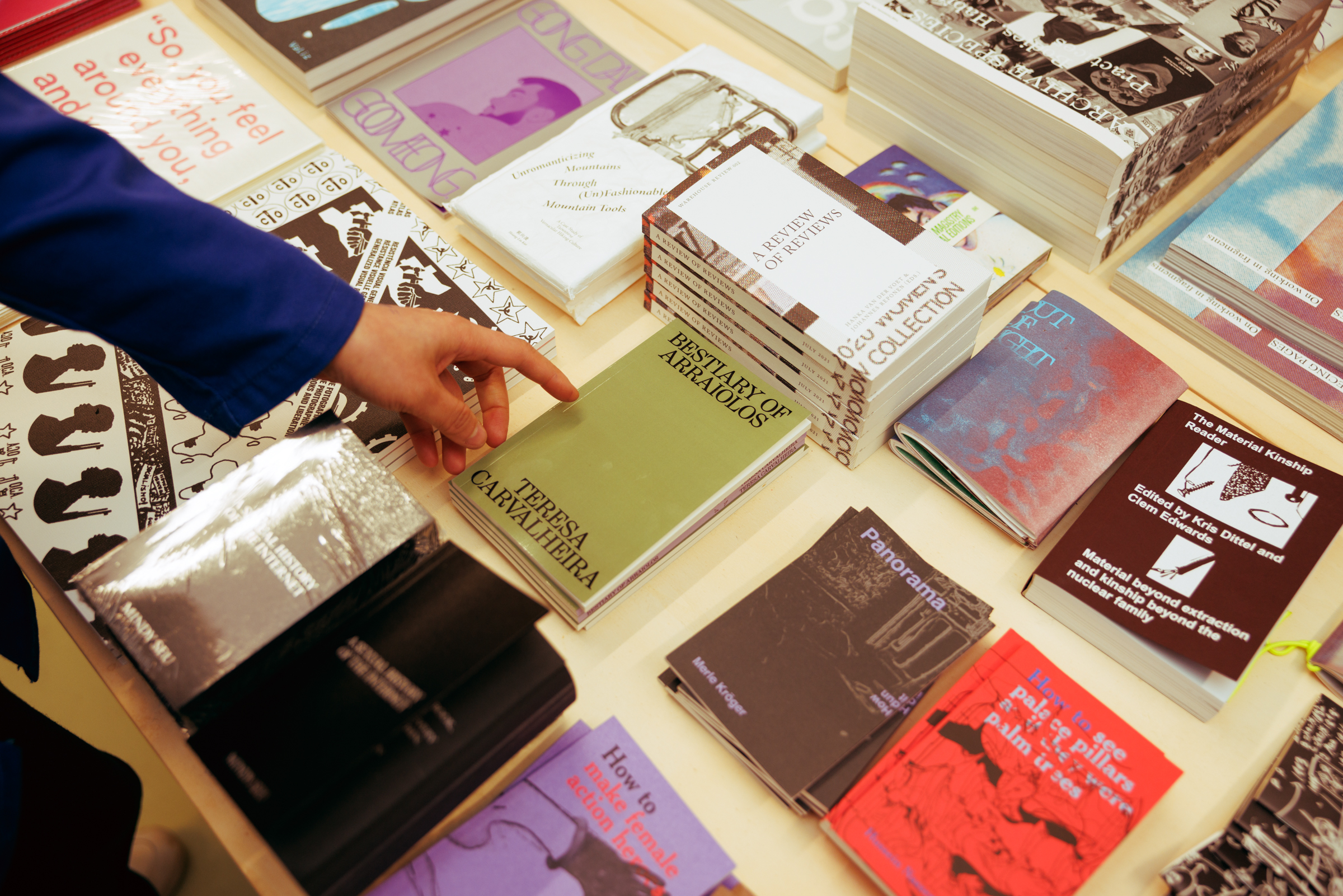
credit. Limestone Books
Aside from facilitating collaborative work between designers, the event also incorporates local brick-and-mortar spaces within the city. Special activations included a stylish curated selection of fashion publications at Limestone Books, as well as a heritage-driven exhibition from Esra Çöpür at the S.A.C. / Space for Art & Culture. An ongoing presentation of designs from innovative and sustainable designers, Jef Montes, Studio Wolfs and KINKLEID ensured double-take moments in the Townhouse Design Hotel. Over at Juunam, designs from Het Stort, Studio Wievien, and RE-RARDE ensured off-schedule purchases.
With the current climate, talks on sustainability and the future of fashion were also at the forefront and, on the Saturday, Montes, Wolfs and KINKLEID held court at the Townhouse Design Hotel. Moderated by journalist Nora Veerman, the trio openly talked through tricky subjects during a conversation with each other and a question-and-answer session with the audience. The Fashion Makes Sense Talk, moderated by Carmen Hogg, brought participating designers and artists together on the final day.
Due to its open-call nature and proud championing of alternative forms of self-expression, FASHIONCLASH again cements itself as a must-attend for those seeking an alternative viewpoint on the fashion industry, an angle that isn’t afraid to put the future front and centre, and positions the present day as the ultimate reference point. What’s next? Save the date now to make sure you’re tapped in for the 18th edition on 13-15 November 2026.

designer. Mariia Pavlyk
Find out more about FASHIONCLASH here.
photography. courtesy of FASHIONCLASH and Laura Knipsael
words. Jade Thompson
in HTML format, including tags, to make it appealing and easy to read for Japanese-speaking readers aged 20 to 40 interested in fashion. Organize the content with appropriate headings and subheadings (h1, h2, h3, h4, h5, h6), translating all text, including headings, into Japanese. Retain any existing
tags from

With the 17th edition of the FASHIONCLASH Festival officially wrapped, it’s safe to say that the annual event continues to stay true to its ethos of championing unique expressions of creativity – and the beauty that arises from co-creation. The latest installment took place over three days from 14-16 November, showcasing various forms of creative work in multiple locations across the picturesque city of Maastricht in The Netherlands. As a long-time lover of the event, Schön! was excited to head back to explore the festival’s latest offering.
Created with the aim of providing a platform for a new generation of makers, FASHIONCLASH encourages designers, artists and performers to showcase experimental work born from the “intersection of fashion, performance, visual arts and social design”. This edition featured pieces from creatives both from the Netherlands and over 25 countries worldwide, with a ticketed and free programme spanning films, exhibitions, performances, talks and more.

designer. Hannah Smith
The multidisciplinary fashion festival kicked off at the Bureau Europa, a cavernous space, with the opening of the ‘Fashion Narratives’ exhibition, where attendees were treated to work curated by four ‘fashion makers’: Jonas Zitter, Paula Dischinger, Rafael Kouto and Tjerre Lucas Bijker. The new exhibition, titled ‘Collective Movements’, aimed to uncover the “ways fashion can show up in the world as a force for connection, collective action and resistance”. Highlights included ‘The Gentle Frame’ from Hannah Smith, who explored disability through “wearable art”, as well as Mariia Pavlyk‘s Spero, whose stunning pieces represented “cultural resistance and activism”, telling a story through connecting Ukrainian Tripillia-Cucuteni symbolism and traditional Hutsul weaving techniques.

credit. Florescence by Alice Gatti and Diego Indraccolo
As with most years, film was a key focus at the festival and opening night continued at Lumière Cinema with the Fashion Film Program Award ceremony, alongside the premiere of two films produced by FASHIONCLASH. Thirty-one participating filmmakers were judged by an international jury, including Florescence by Alice Gatti and Diego Indraccolo, which Schön! featured online last year.
After a final viewing of the chosen finalists, the winning film by James Nolan was chosen for the FASHIONCLASH Festival 2025 Fashion Film Award. Titled ‘Do I’, the sleek production “interrogates modern love against the symbolic backdrop of a wedding day, contrasting the yearning for stability with the pull of uncertainty through both couture bridal looks and elevated guest attire”. Another winner of the night was ‘The Feminine Urge’, which won the Kaltblut Magazine Award. The intriguing film, directed by Lilian Brade, Phuong An Phi and Niclas Hasemann, was made for can’t-look-away viewing and explored “female rage and the monstrous feminine as a physical, aesthetic, and mythological experience”.

designer. Kistaku Handmade Upcycling Fashion
The evening ended with another opening: the launch party for the event at the Sphinxkwartier, with The Social Hub standing as host. The venue also provided the base for the Class of 2025 presentation, as well as the ESSENCE Showcase, curated by Marlon Claessen. Here, four Brazilian designers were spotlighted: Jaira of Kistaku Handmade Upcycling Fashion, Theodora Alexandre, Reis Romeiro, founder of Reis Zen, and Jenny Monteiro, founder of JMonteiro Milano. Each presentation brought a new example of creativity, from red carpet designs to silhouettes rooted in Brazilian culture, culminating in a flash catwalk in the industrial building.
Alongside a programme of fashion presentations, you’ll also find performance art pieces intertwined with textiles for intriguing, and at times, unsettling experiences. The Amarte x FASHIONCLASH initiative at the Jan van Eyck Academie leaned into these encounters via three collaborative works selected from an open call. Confronting installations from Merel van Slobbe x David Paulus, Natálie Kulina x Alyne Li and EMIRHAKIN x David Siepman took centre stage – playing with the feeling of intimacy and personal space in their own unique ways.
A floor below the installations, we were treated to a walk through the Jan van Eyck Future Material Lab, where we were introduced to experimentation with new materials aimed at imagining a more sustainable and circular future for fashion, from fifth-element style design using ‘Agar agar, Gelatine, Glycerine’ by Valeria Pulici to human hair by Human Material Loop. The slightly cheeky ‘PISS SOAP’ was also a standout, created by Arthur Guilleminot; it boldly challenges the future to explore where waste can become new.

credit. CLASHLAB Project by Lioba Benold, Jelle Huizinga, and Shurick Jantje
At CLASH House at ENCI Maastricht – a warehouse building transformed into a space for a fresh generation of performative pieces, pushing designers across various fashion and performance disciplines to re-look at ways of making and presenting fashion – there was an expanded showing of EMIRHAKIN x David Siepman, Once it’s a memory, it’s too late., as well as CLASHLAB by Lioba Benold, Shu Jantje, and Jelle Huizinga, who presented a compelling fusion of dance, fashion and music.

credit. Limestone Books
Aside from facilitating collaborative work between designers, the event also incorporates local brick-and-mortar spaces within the city. Special activations included a stylish curated selection of fashion publications at Limestone Books, as well as a heritage-driven exhibition from Esra Çöpür at the S.A.C. / Space for Art & Culture. An ongoing presentation of designs from innovative and sustainable designers, Jef Montes, Studio Wolfs and KINKLEID ensured double-take moments in the Townhouse Design Hotel. Over at Juunam, designs from Het Stort, Studio Wievien, and RE-RARDE ensured off-schedule purchases.
With the current climate, talks on sustainability and the future of fashion were also at the forefront and, on the Saturday, Montes, Wolfs and KINKLEID held court at the Townhouse Design Hotel. Moderated by journalist Nora Veerman, the trio openly talked through tricky subjects during a conversation with each other and a question-and-answer session with the audience. The Fashion Makes Sense Talk, moderated by Carmen Hogg, brought participating designers and artists together on the final day.
Due to its open-call nature and proud championing of alternative forms of self-expression, FASHIONCLASH again cements itself as a must-attend for those seeking an alternative viewpoint on the fashion industry, an angle that isn’t afraid to put the future front and centre, and positions the present day as the ultimate reference point. What’s next? Save the date now to make sure you’re tapped in for the 18th edition on 13-15 November 2026.

designer. Mariia Pavlyk
Find out more about FASHIONCLASH here.
photography. courtesy of FASHIONCLASH and Laura Knipsael
words. Jade Thompson
and integrate them seamlessly into the new content without adding new tags. Ensure the new content is fashion-related, written entirely in Japanese, and approximately 1500 words. Conclude with a “結論” section and a well-formatted “よくある質問” section. Avoid including an introduction or a note explaining the process.


